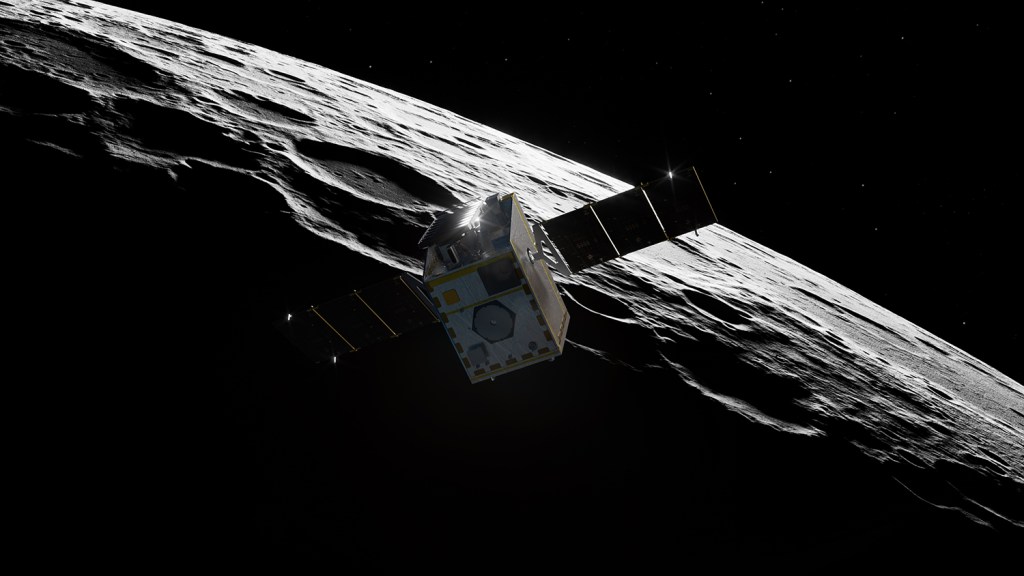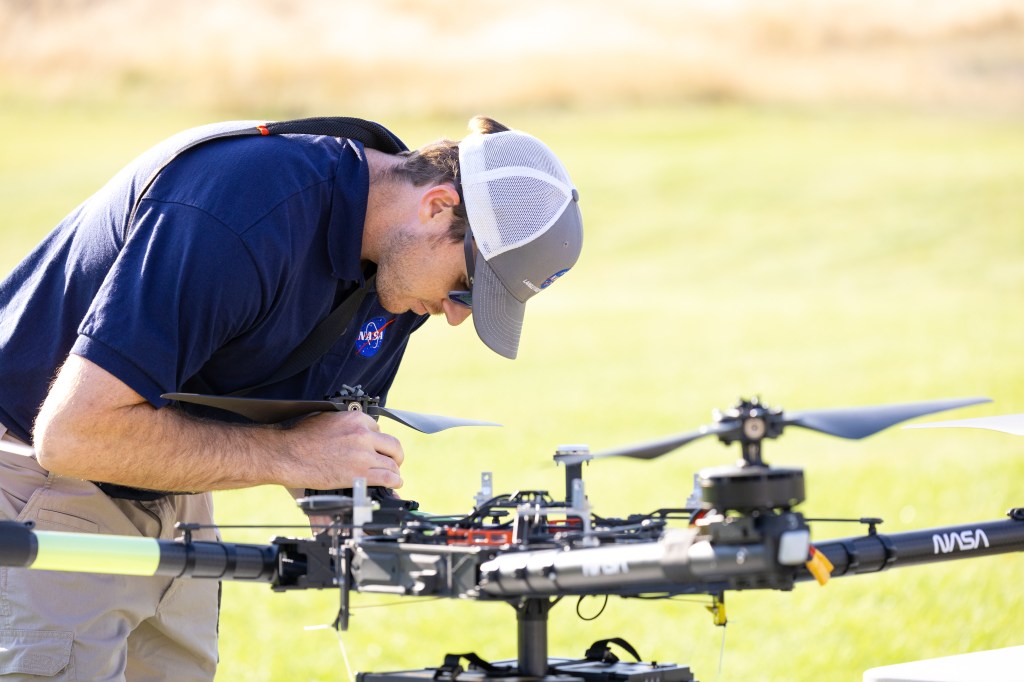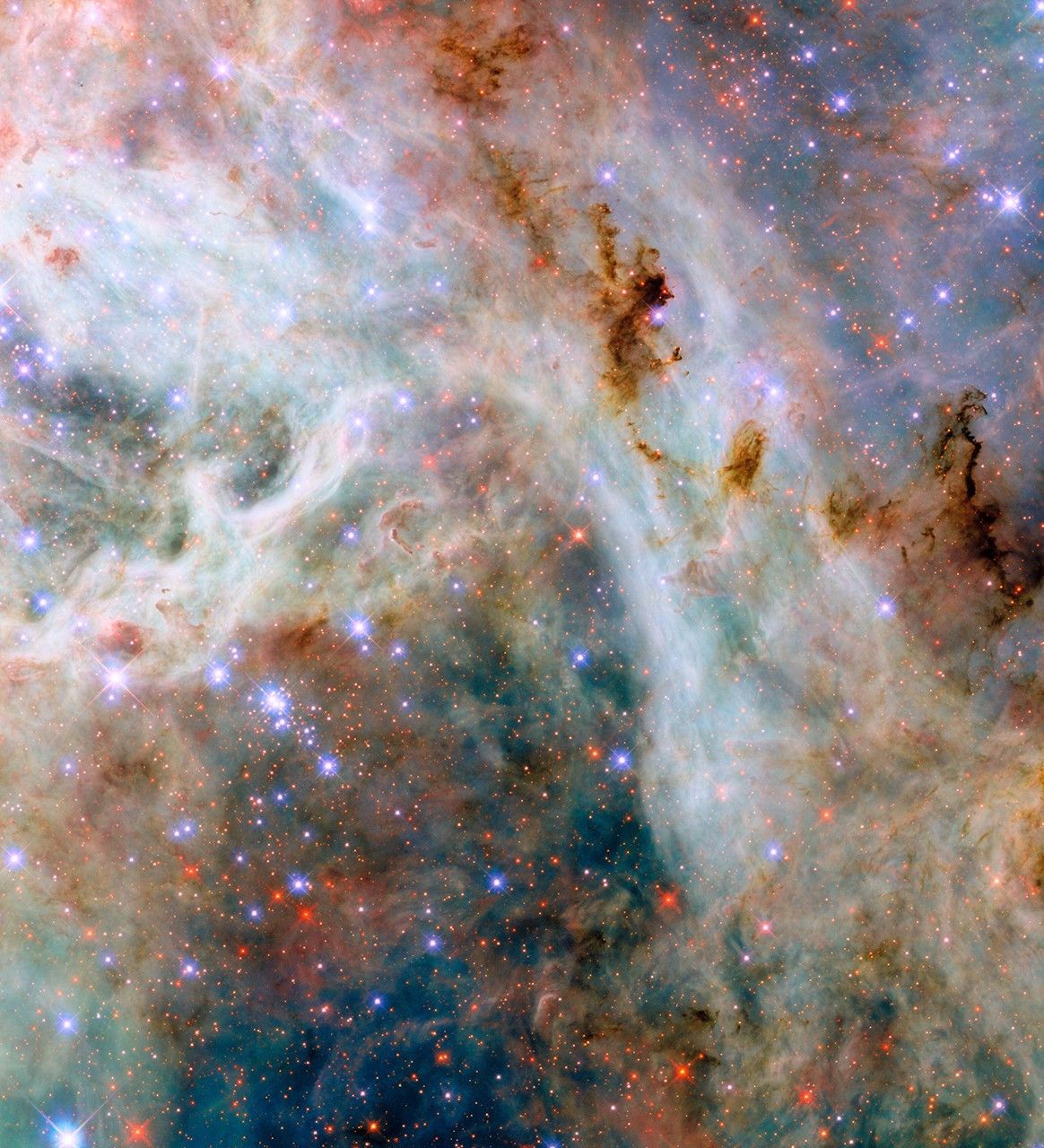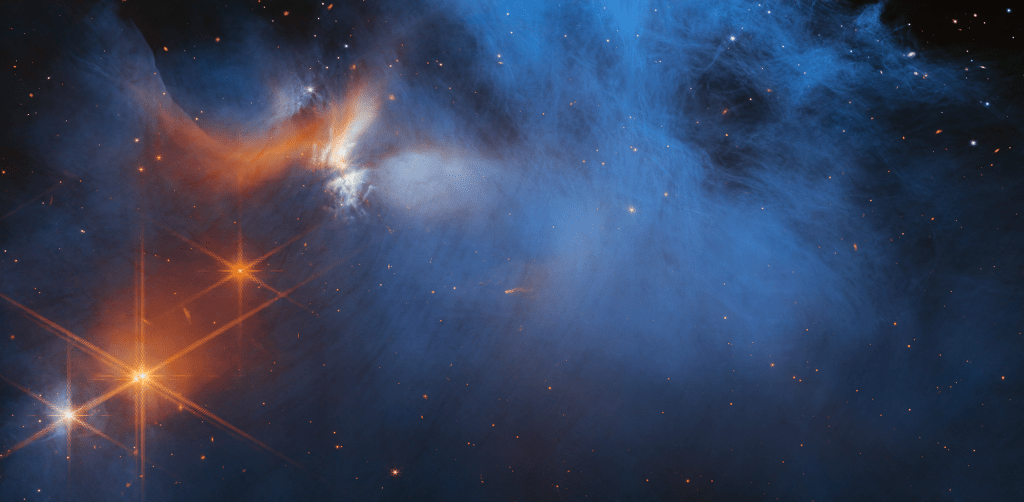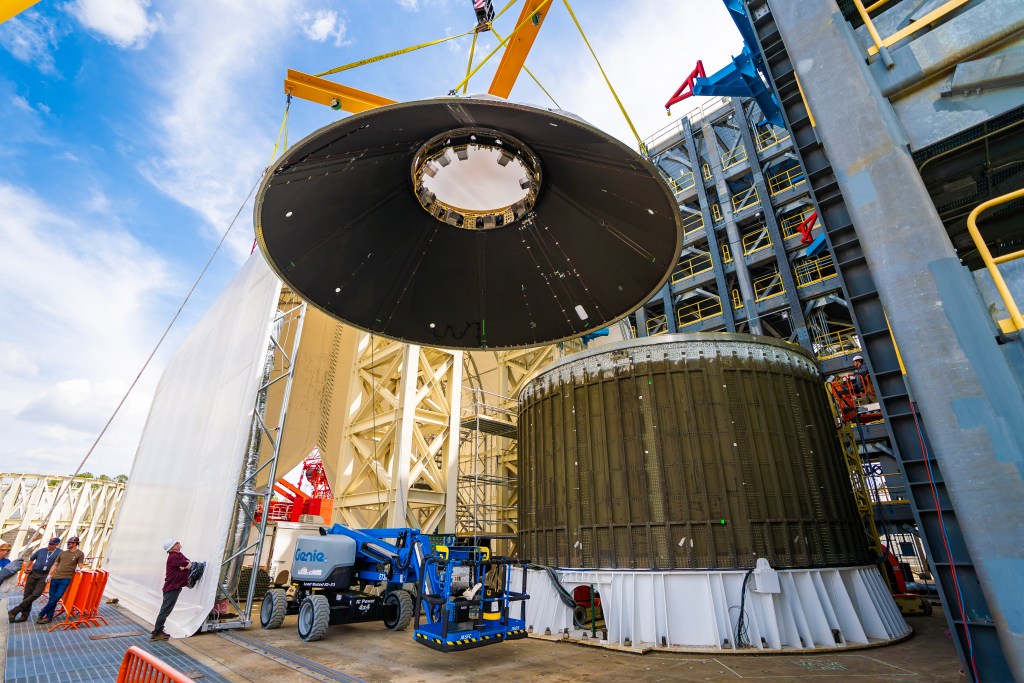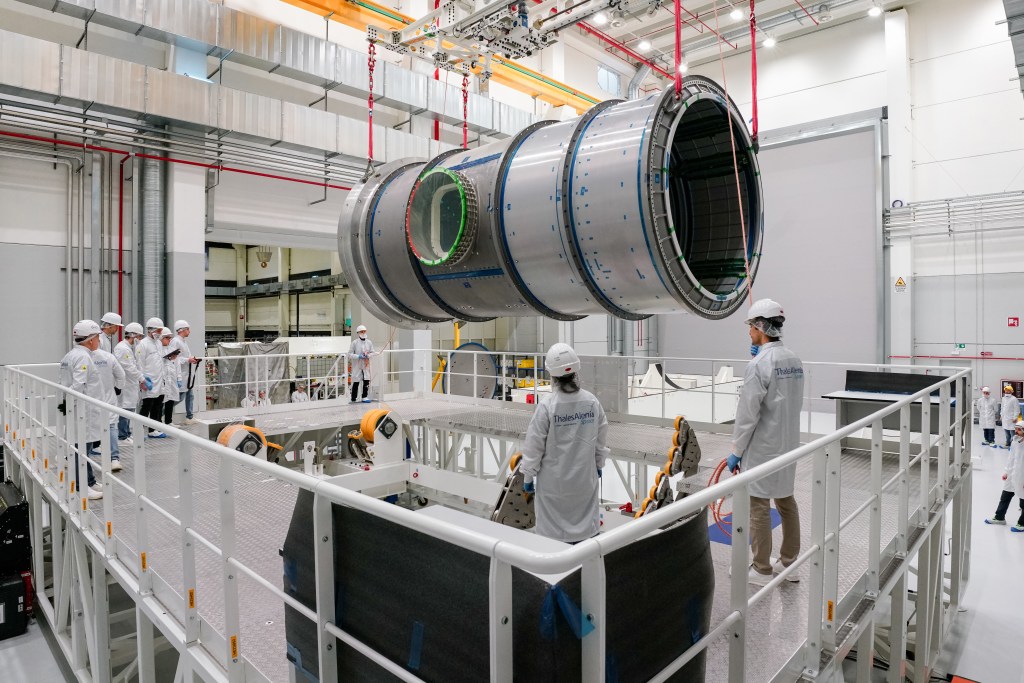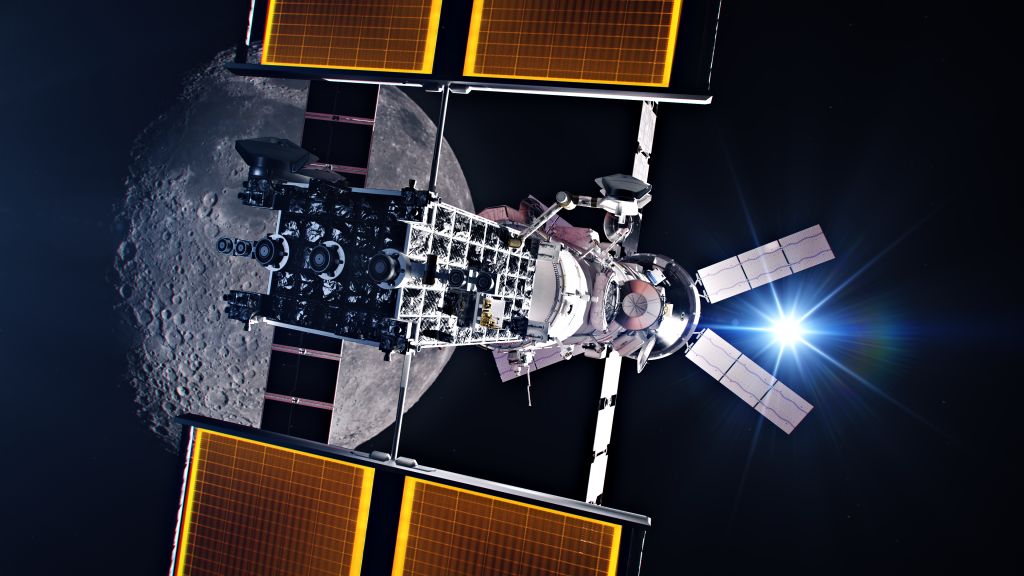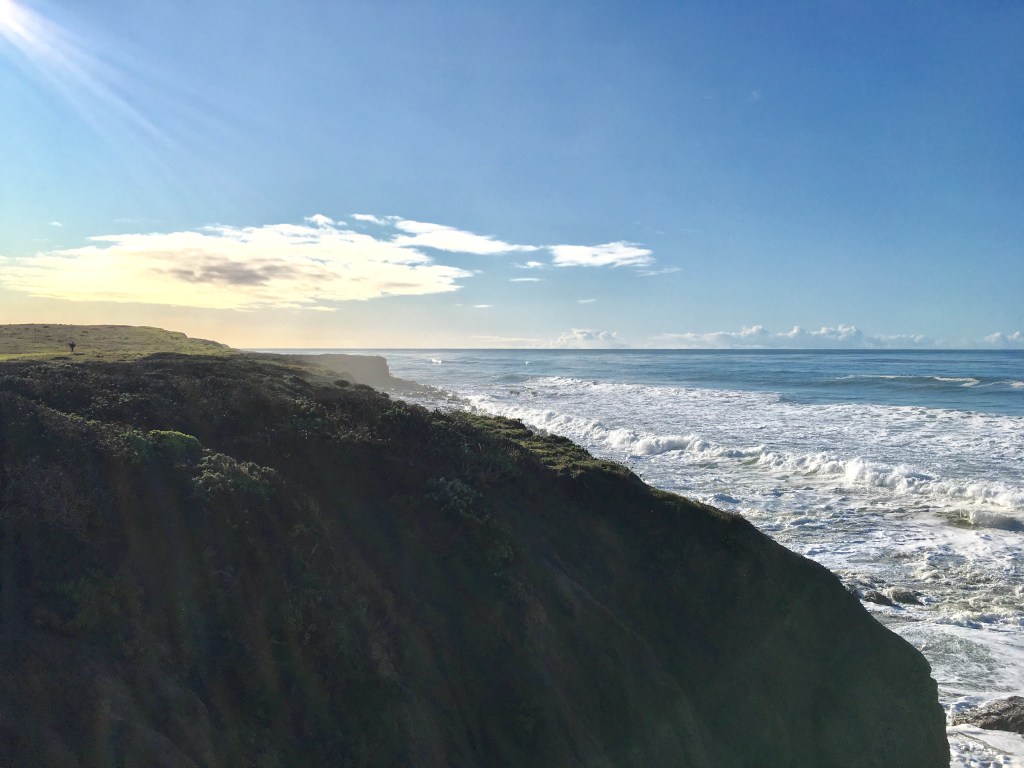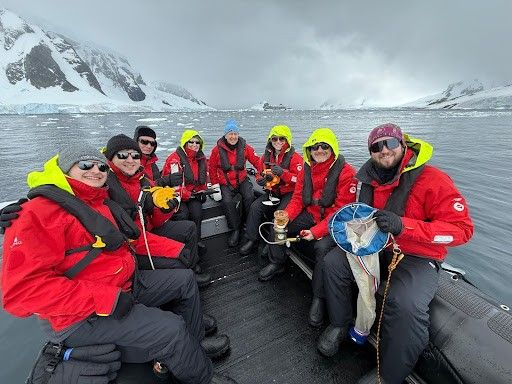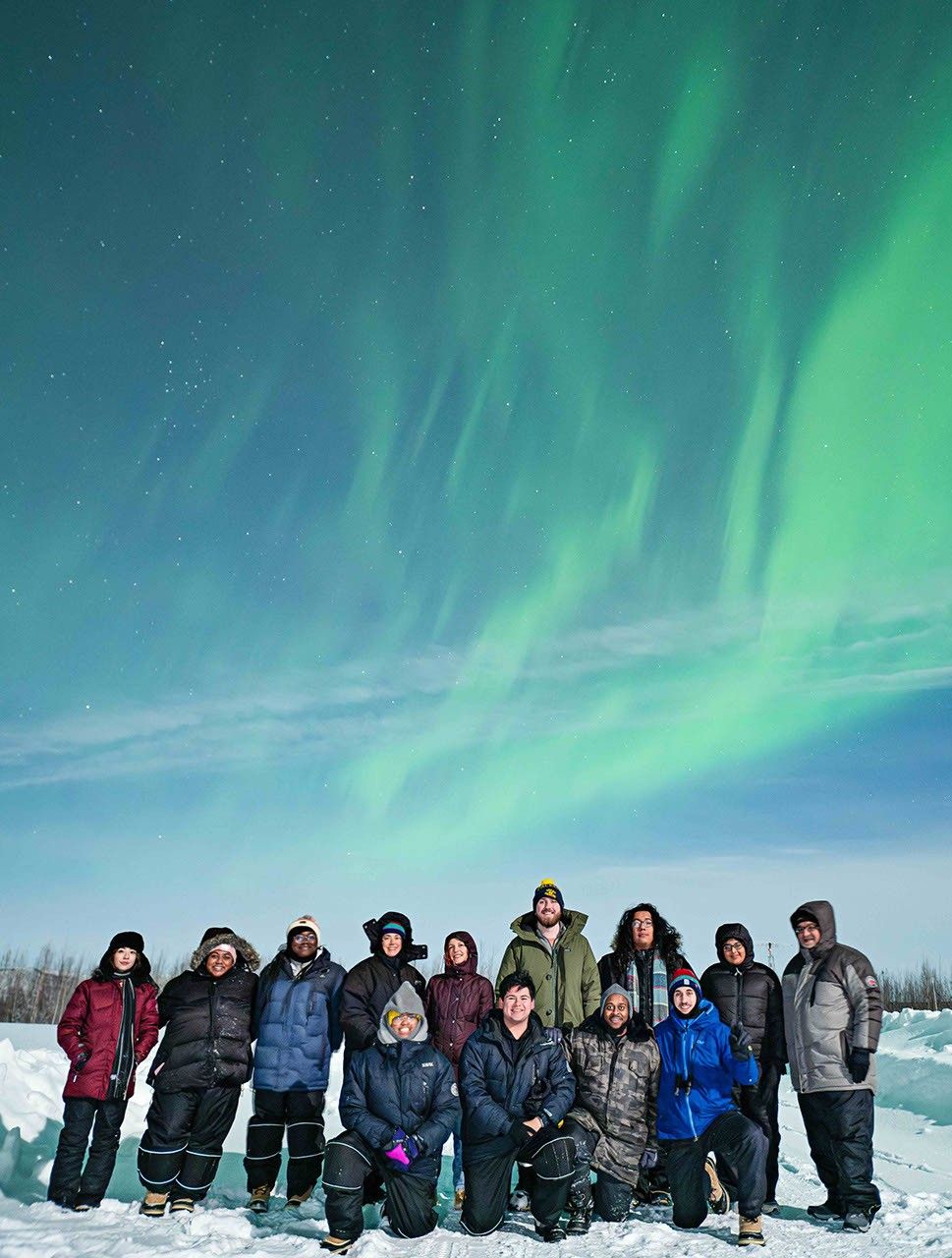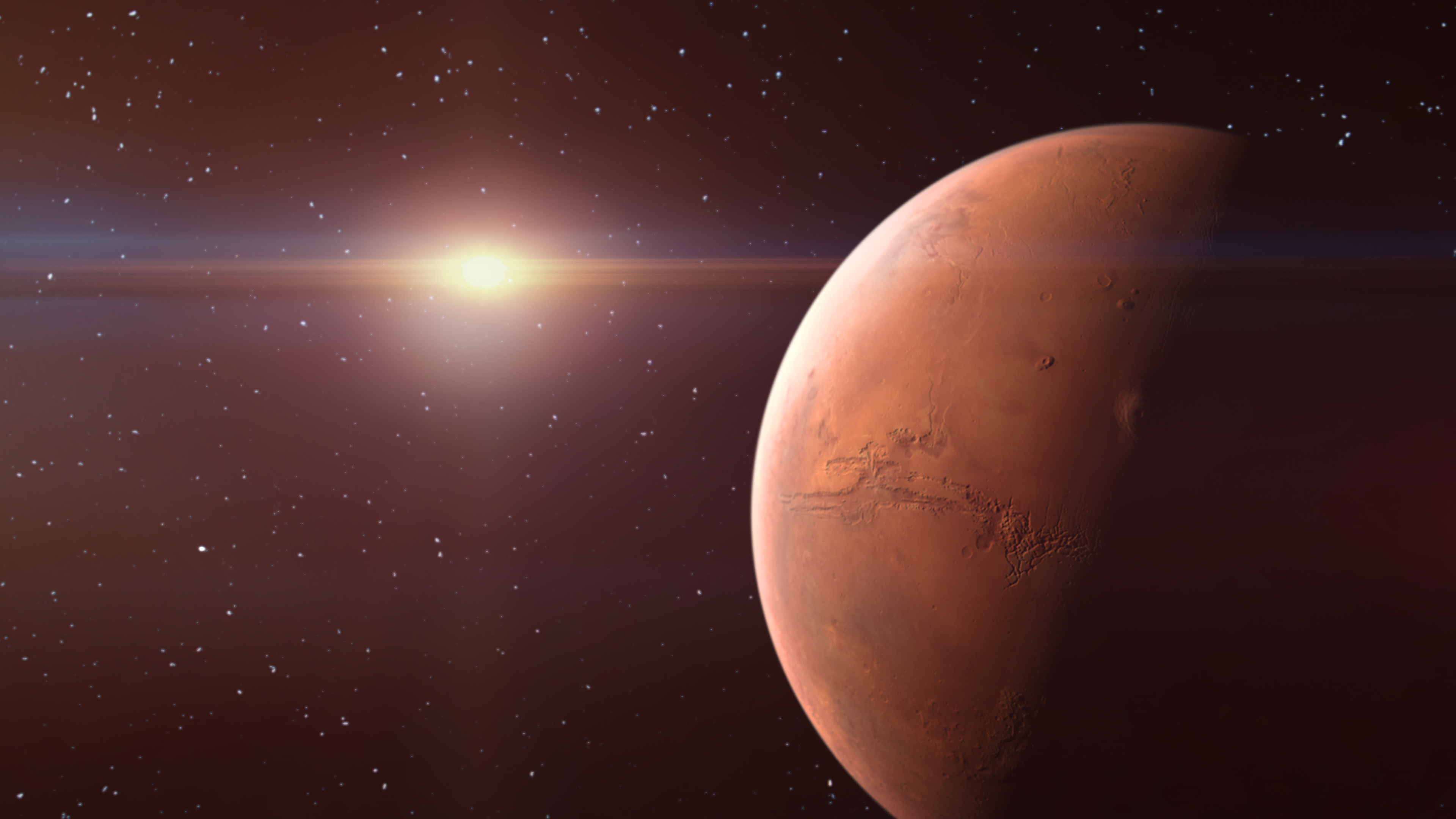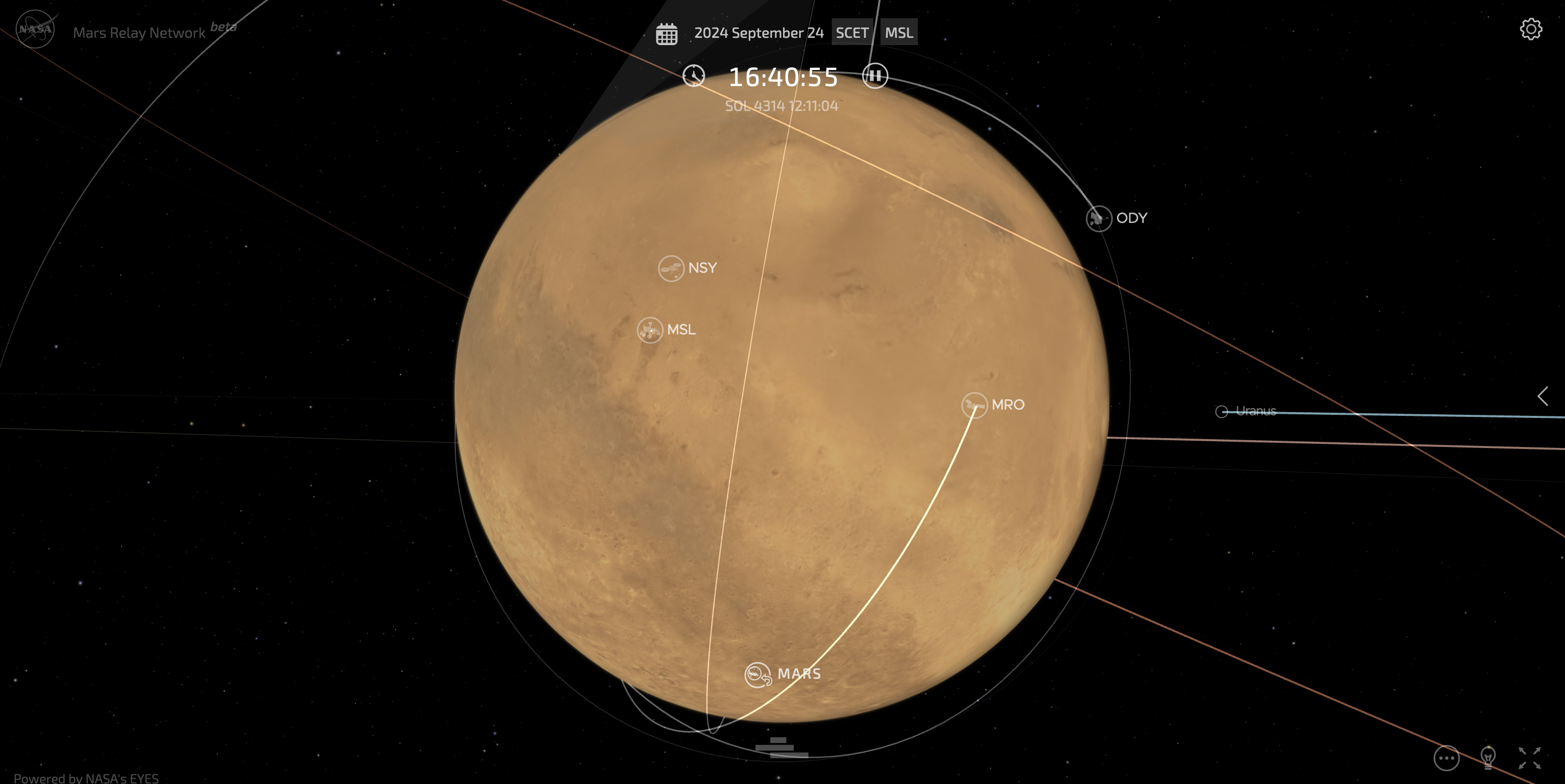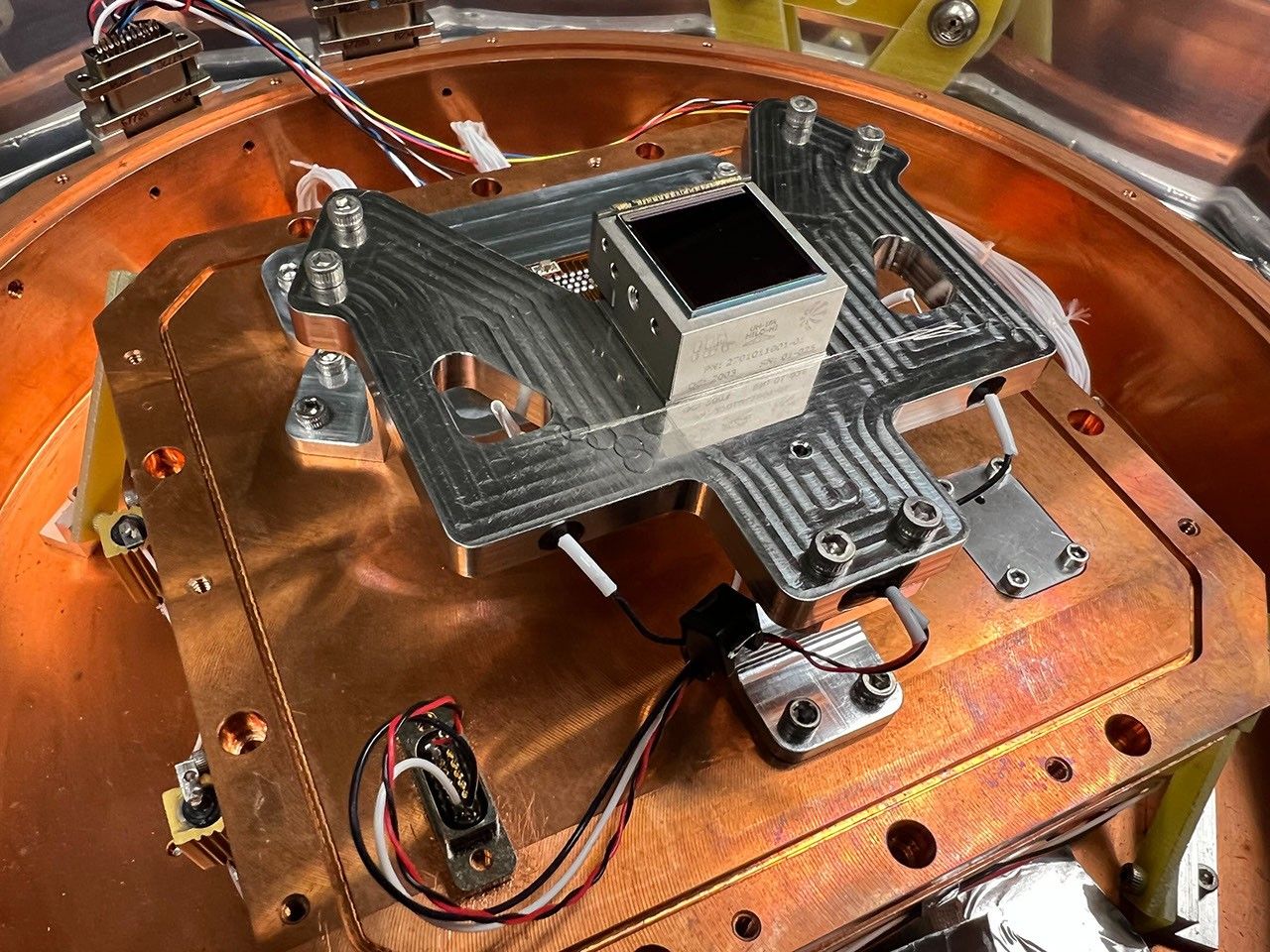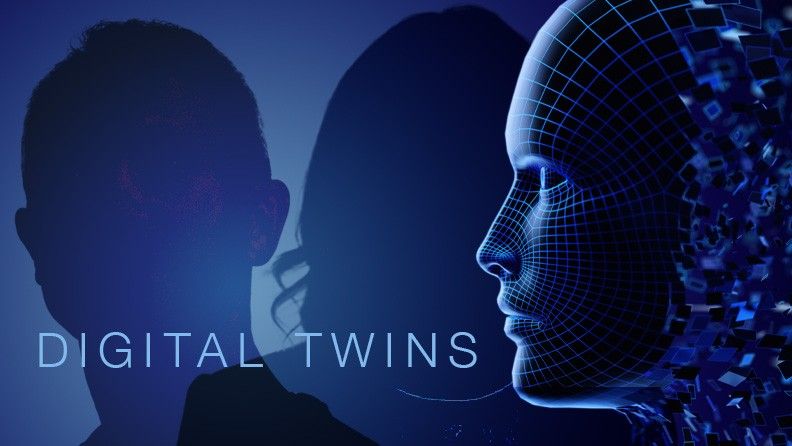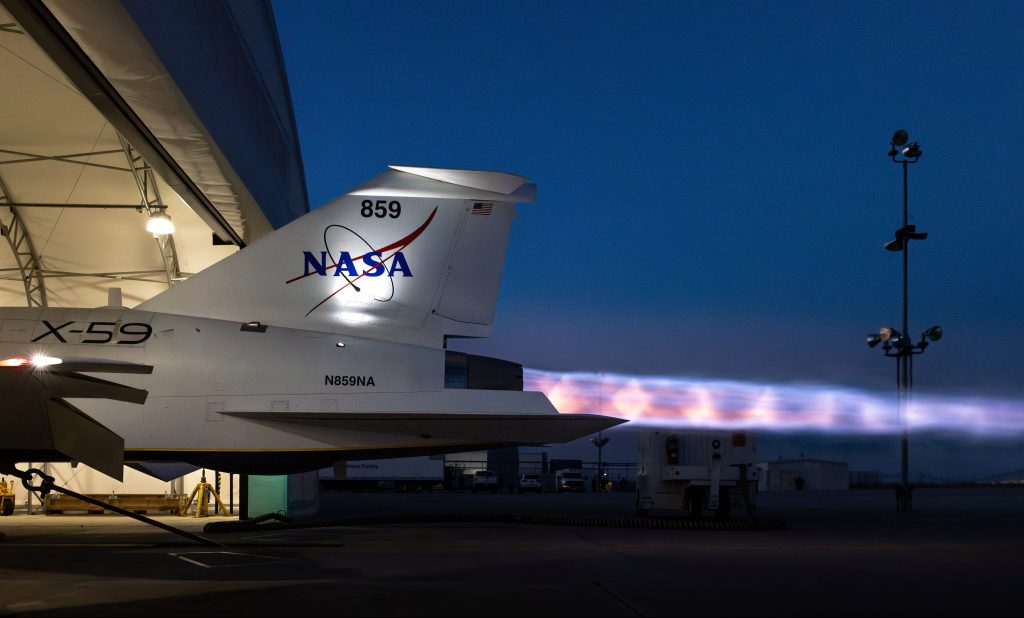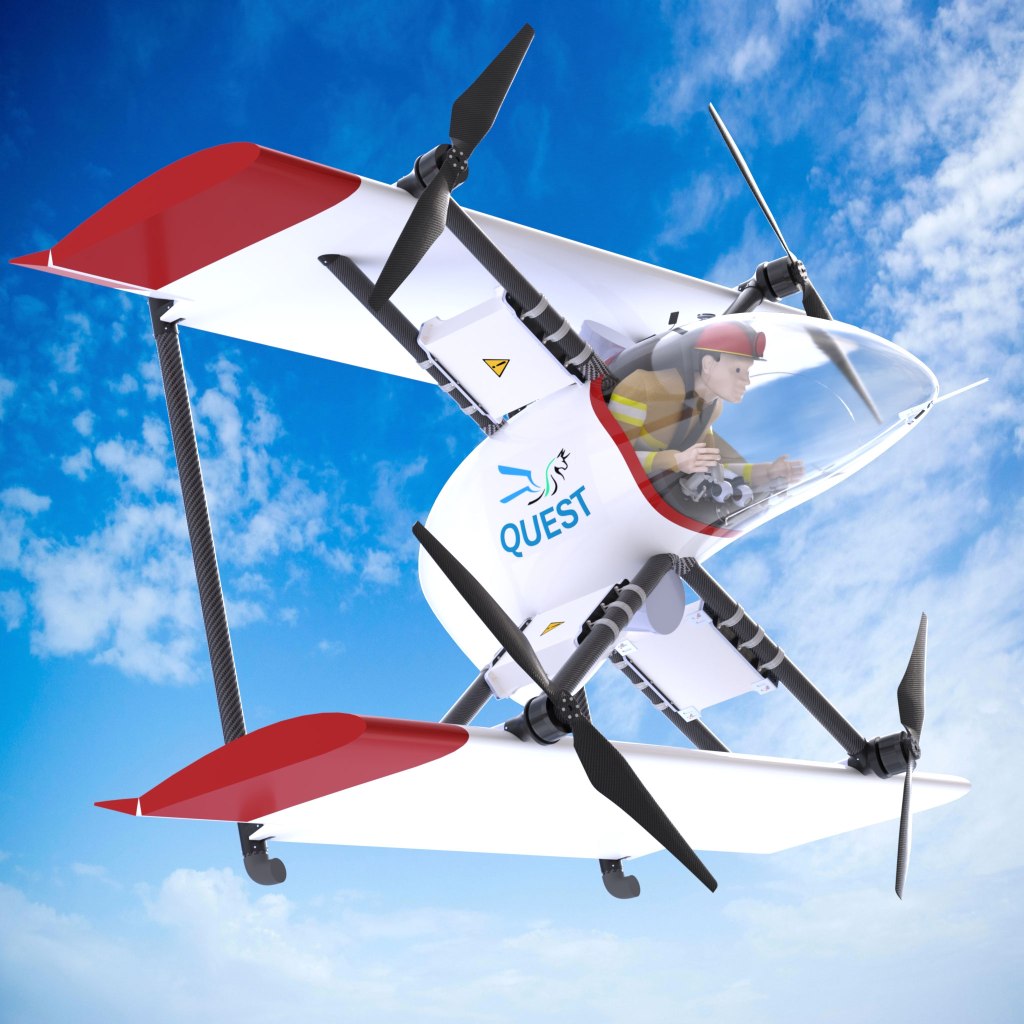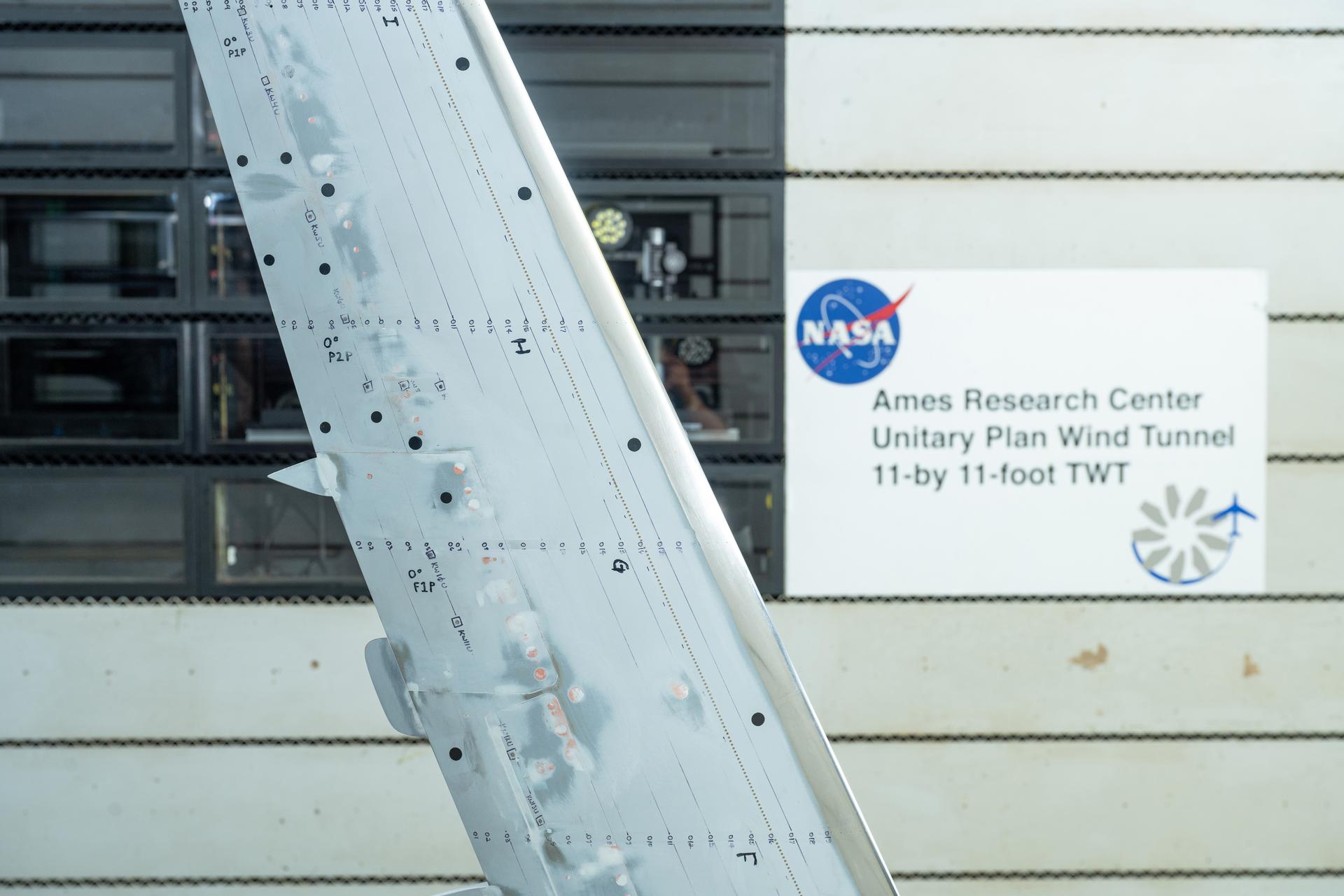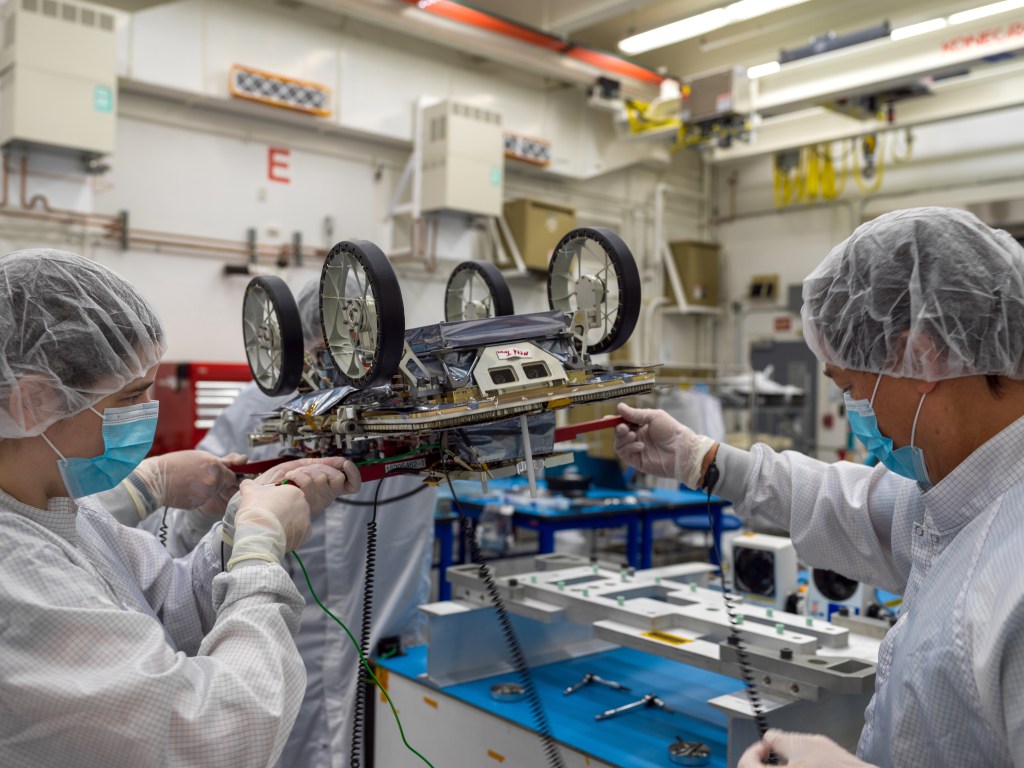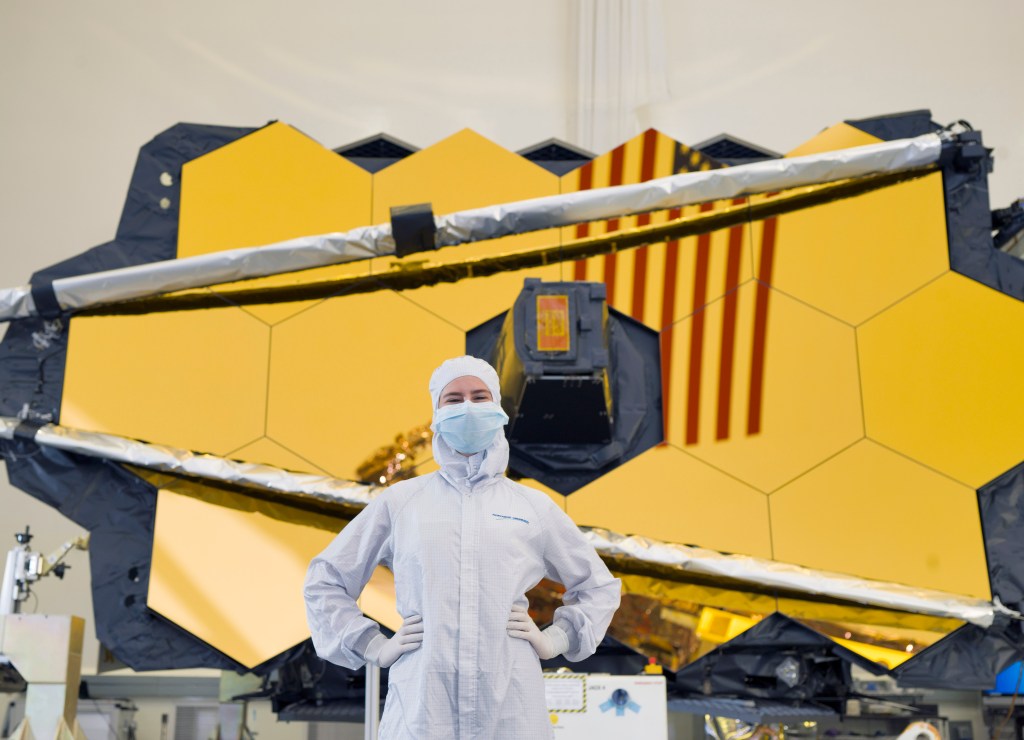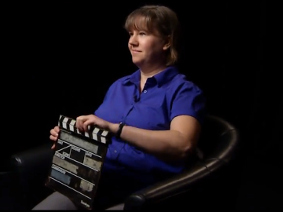
Sarah Noble
Program Officer
Contents
Personal Essay
I have always been a huge space nerd.From about the age of 10, I made it clear to anyone who would listen that one day I would work for NASA.Of course, the original plan was astronaut. Doesn’t every 10 year old want to be an astronaut? But, somewhere along the way, at some point in college, I got distracted by science – specifically planetary geology.And when I say “distracted by,” I mean “fell in love with.”
It wasn’t just geology though, I had a lot of passions in college, and I ended up minoring in both political science and studio arts alongside my geology major.I remember a lot of people asking me why, why was I was wasting time on all these classes I didn’t need, — what good were they going to do me?At the time I didn’t have a good answer, I just knew I wanted to learn.But in retrospect, the knowledge I gained and the interactions I had with people who have different ideas and perspectives, made me a better person, a better citizen, and a better scientist.
My first NASA experience was as a summer intern at NASA’s Johnson Space Center in Houston doing research on meteorites. I was immediately hooked, on both NASA and research.I loved the feeling of figuring out something new, something no one else, ever in the history of the world, had figured out before.I was adding to the collective knowledge of humanity, me, little Sarah Noble from Big Lake, Minnesota. Whoa. That was my first science epiphany.
My second epiphany came in grad school.I was walking home from the lab one night — I had been working with moon dust that day, and a few grains had managed to get on my hands.It was a full moon and I noticed that my hands were sparkly, with the moonlight reflecting off the dust grains.I looked up at the moon and down at my hands and thought, “Wow, this dirt came from there!”That moment changed forever the way I look at the moon. It’s not just a ball in the sky to me anymore, but a real place, with dirt and rocks and geology.That night is when my love affair with the moon began.
After grad school, I put my political science minor to good use and spent a year working for Congress doing space policy for the House Committee on Science and Technology — a fascinating experience in a very different world. But the science pulled me back in and I returned to Johnson Space Center, this time as a NASA Postdoc, where they paid me (paid me!) to study the moon.After that, I began what I like to refer to as my “NASA-nomad” phase. I spent a year at NASA Headquarters in Washington, then two years at NASA’s Marshall Space Flight Center in Alabama, then another four years dividing my time between Headquarters and NASA’s Goddard Space Flight Center in Maryland.Finally, about a year ago, I was hired permanently by Headquarters.
Ending up at Headquarters was the result of my third epiphany.I thought I would be a research scientist for my entire career, after all, I loved the science and I worked really hard to become a scientist.I don’t have a lot of time or opportunity these days to work on my own research, and I admit that sometimes I miss it. But, as a Program Scientist in the Planetary Science Division at Headquarters, I get to help shape the future of planetary science research.My job is awesome. I am surrounded and immersed in planetary science all day every day.It is my responsibility to help find and fund the most important and innovative science, and to seek out and nurture promising graduate students and early-career scientists.I have a much larger impact on my community now than I ever did as a scientist, and it turns out that is more important and rewarding to me than simply doing science.
I also get to work on missions.The Planetary Science Division sends robot explorers to every corner of our solar system, and sometimes I get to go along for the ride (at least figuratively).I was the Program Scientist for the recent LADEE (Lunar Atmosphere and Dust Environment Explorer) mission to the moon, and I’m the Deputy Program Scientist for our next Mars Rover, the Mars 2020 mission.A program scientist is the liaison between Headquarters and the mission’s science team. It is our job to make sure that the science happens. Being a part of these mission teams is inspiring and amazing.Watching people who have dedicated years — in some cases even decades — of their lives to these missions finally be rewarded with the data they have been waiting for, and watching them turn that data into science, building up our knowledge of the solar system — it’s the best thing ever.
I can’t imagine a job that would be more fun. I am surrounded by smart and dedicated colleagues, and every day brings new opportunities and challenges.
Biography
Sarah Noble grew up in rural Minnesota, where from a very young age she was fascinated with space exploration, staring up at the moon and making plans to visit it one day.She started collage as an aerospace engineering major, because it was the only major with the word “space” in it, but stumbled into a geology class one day and fell in love with the science.Knowing her love of all things space related, her professors steered her towards planetary geology, the subfield of geology that studies how other planets (and moons and asteroids and comets and whatnot) form, evolve, and operate. She started her NASA career studying meteorites as an undergraduate intern at NASA’s Johnson Space Center in Houston.After graduate school, and a short adventure working for Congress, she returned to Johnson, and also spent time working at NASA’s Marshall Space Flight Center in Alabama and Goddard Space Flight Center in Maryland before finding her place at the agency’s headquarters in Washington.She has worked as a program officer and discipline scientist in the Planetary Science Division at NASA Headquarters since 2010 working on missions, as well as research and analysis programs.She is an avid painter and is passionate about sharing the joy and beauty of space exploration, both through science outreach and through her artwork.

